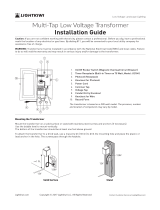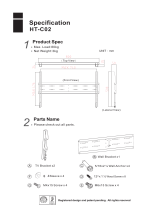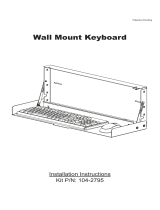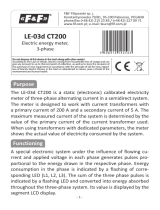Leviton MMSMT-C02 is a surface mount enclosure kit consisting of a revenue-grade accuracy kWh meter with dual element capability (1PH 120/240V or 2PH 120/208V, 3-Wire) and a wireless Automatic Meter Reading (AMR) system. It is capable of quantifying electrical energy usage of up to 200A. Some of its key features include: self-powered operation, isolated pulse outputs, tamper micro switch, LCD display, and optional Temperature-enabled kWh Meter Data Transceiver for remote monitoring. It is an ideal solution for various applications such as energy management and billing purposes.
Leviton MMSMT-C02 is a surface mount enclosure kit consisting of a revenue-grade accuracy kWh meter with dual element capability (1PH 120/240V or 2PH 120/208V, 3-Wire) and a wireless Automatic Meter Reading (AMR) system. It is capable of quantifying electrical energy usage of up to 200A. Some of its key features include: self-powered operation, isolated pulse outputs, tamper micro switch, LCD display, and optional Temperature-enabled kWh Meter Data Transceiver for remote monitoring. It is an ideal solution for various applications such as energy management and billing purposes.




















-
 1
1
-
 2
2
-
 3
3
-
 4
4
-
 5
5
-
 6
6
-
 7
7
-
 8
8
-
 9
9
-
 10
10
-
 11
11
-
 12
12
-
 13
13
-
 14
14
-
 15
15
-
 16
16
-
 17
17
-
 18
18
-
 19
19
-
 20
20
-
 21
21
-
 22
22
-
 23
23
-
 24
24
Leviton MMSMT-C02 Installation guide
- Type
- Installation guide
Leviton MMSMT-C02 is a surface mount enclosure kit consisting of a revenue-grade accuracy kWh meter with dual element capability (1PH 120/240V or 2PH 120/208V, 3-Wire) and a wireless Automatic Meter Reading (AMR) system. It is capable of quantifying electrical energy usage of up to 200A. Some of its key features include: self-powered operation, isolated pulse outputs, tamper micro switch, LCD display, and optional Temperature-enabled kWh Meter Data Transceiver for remote monitoring. It is an ideal solution for various applications such as energy management and billing purposes.
Ask a question and I''ll find the answer in the document
Finding information in a document is now easier with AI
Related papers
-
Leviton 6W201-C02 Installation guide
-
Leviton MMSMT-D02 Installation guide
-
Leviton T70MB-DP0 User guide
-
Leviton MSNCT-2SP Owner's manual
-
Leviton 1O277-1W Quick start guide
-
Leviton 3N48D-41 Installation guide
-
Leviton 2K208-2D Quick start guide
-
Leviton 3N48D-41 User manual
-
Leviton LP315-MC Operating instructions
-
Leviton 2M402-CFG Installation guide
Other documents
-
 Lightkiwi U2184 User manual
Lightkiwi U2184 User manual
-
OWON PC311-Z-TY User guide
-
 Hontech HT-C02 User manual
Hontech HT-C02 User manual
-
 RackSolutions 104-2795 Installation guide
RackSolutions 104-2795 Installation guide
-
American Range AROFFG-230-LP Warranty
-
American Range AROBSCT-648GR-L Warranty
-
Wallbox UL ENCLOSURE Power Meter Installation guide
-
 F and F LE-03d CT200 3 Phase Electric Energy Meter User manual
F and F LE-03d CT200 3 Phase Electric Energy Meter User manual
-
JVC AA-V31E User manual
-
ESAB Inverter Arc Welder Model 300GTS CC/TIG User manual



























